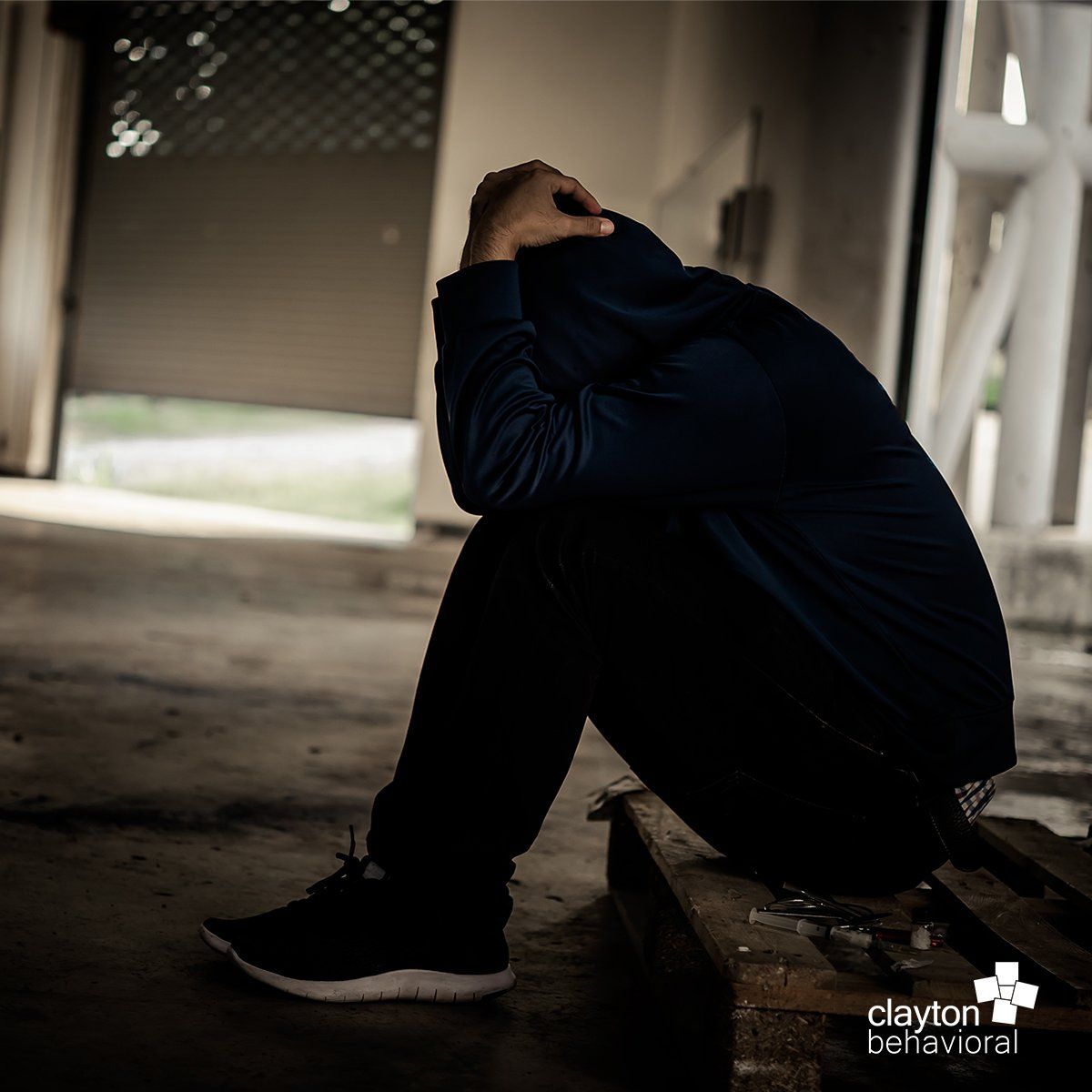Fentanyl: The Deadliest Drug In America

In 2016, a powerful drug known as fentanyl was the culprit in the death of music legend Prince—which, as a result, has largely contributed to the next wave of America's opioid crisis.
While fentanyl has claimed the lives of a number of other musical artists in the last decade, the risks of this substance stretch far beyond the music industry, making fentanyl the most dangerous drug in a generation.
According to the latest report from the U.S. Centers for Disease Control and Prevention's National Center for Health Statistics, the rate of drug overdoses involving the synthetic opioid skyrocketed by about 113 percent each year from 2013 through 2016. Surpassing heroin as the leading cause of overdose deaths, fentanyl the deadliest drug in America according to the CDC.
In the midst of a national emergency surrounding this epidemic, it’s become increasingly important for people to understand how fentanyl works as well as the danger it brings.
What Is Fentanyl?
The United States is in the middle of a fentanyl public health crisis. And, today, there is more fentanyl available than at any other time since the drug was first created in 1959.
According to the National Institute on Drug Abuse (NIDA) , fentanyl is a synthetic opioid that is 50 times more potent than heroin and 100 times more potent than morphine. However, because of its effectiveness in medicinal uses, it is classified as a Schedule II controlled substance by the DEA.
Legally prescribed via injection, patch, lozenges or lollipop, the FDA approves this powerful painkiller for:
- Use before surgery as an adjunct to anesthesia, and in some cases, during postoperative recovery.
- Treating chronic or acute pain in opioid-tolerant individuals, or those individuals who have become tolerant of their narcotics and need a stronger analgesic.
- Managing advanced cancer pain.
Though typically prescribed to patients for severe pain or injury, fentanyl is often sought out for illicit purposes due to its powerful pain-relieving and relaxing effects. For example, the drug is sometimes mixed with heroin or cocaine to heighten their effects. Unfortunately, by heightening its effects, the inherent dangers of fentanyl also increase.
The Dangers of Fentanyl
While some people knowingly seek out fentanyl for its increased high, fentanyl use often occurs unknowingly, as it is often disguised as heroin. In recent years, drug dealers have also increasingly been mixing oxycodone or Xanax with fentanyl, deceiving drug users who are unaware that they have purchased the laced substance.
However, this deception is part of the reason some have said that the Opioid Crisis is now a Fentanyl Crisis.
How does fentanyl work?
Fentanyl is a synthetic opioid so potent that a miniscule amount equal to just several grains of salt can cause a fatal overdose. According to the Georgia Bureau of Investigation , there is even one strain of fentanyl (furanyl fentanyl) that is so potent you could die from simply touching it.
Fentanyl (and other opioids) bind to receptors in parts of the brain that control pain and emotions, increasing dopamine levels and emitting a state of euphoria. However, some of these opioid receptors that fentanyl binds to also help control breathing—causing high doses to stop someone breathing altogether.
According to Lewis Nelson , M.D., medical toxicologist and emergency physician at NYU's School of Medicine:
“The only thing killing you is respiratory depression. If I took a few times the therapeutic dose of an opioid, my breathing would slow, and I might die in several hours–it’s a slow spiral toward death. If you took 10 times the dose, you'd likely die, and if you took 100 times, you'd die immediately." Fentanyl is just a more rapid version of the same kind of death, from respiratory depression.”
Though there’s no difference in the way in which fentanyl works on the brain, the danger lies in how quickly it binds. For example, when drugs such as morphine circulate in the blood, it takes a while for it to cross the blood-brain barrier whereas others such as heroin cross much more rapidly. Due to fentanyl’s much higher potency than the other opioids, it takes a much smaller amount of the drug to have the same effect.
Specifically, according to a New Hampshire State Police Forensic Laboratory , a lethal dose of heroin is equivalent to about 30 milligrams whereas a 3-milligram dose of fentanyl is enough to kill an average-sized adult male. “Heroin and fentanyl look identical, and with drugs purchased on the street, you don’t know what you’re taking,” says Tim Pifer, the director of the New Hampshire State Police Forensic Laboratory. “You’re injecting yourself with a loaded gun.”
Together, the relatively uncontrolled street fentanyl and the potency of even small traces of fentanyl, the most dangerous aspect of this substance lies in how it’s dosed and sold.
Conclusion
The American Society of Addiction Medicine notes that nearly a quarter of people who use heroin will suffer from opioid addiction. Due to the rising numbers of overdoses from fentanyl (and other opioids), the CDC recommends that law enforcement officers and first responders increase the amount of naloxone they have on hand.
While action must be taken extremely quickly in the event of a fentanyl overdose to prevent fatality, there are preventative measures such as accepting addiction treatment that could be life-saving amidst this epidemic. Since neither heroin or fentanyl should ever be stopped cold turkey, treatment programs can help implement a withdrawal medication to slowly taper off of the drug and minimize withdrawal symptoms.
How We Can Help
Clayton Behavioral provides intensive outpatient addiction programs ranging from six weeks to six months. We also offer safe medical detoxification, psychiatric assessment and treatment, psychotherapy for anxiety, depression and other co-occurring mental health problems and continued care and support groups to facilitate long-term recovery.
If you think you or someone you know may be affected by alcoholism or drug addiction, please contact us for a confidential individual or family consultation at 314-222-5830. You can also visit our website or send us an email for more information.









